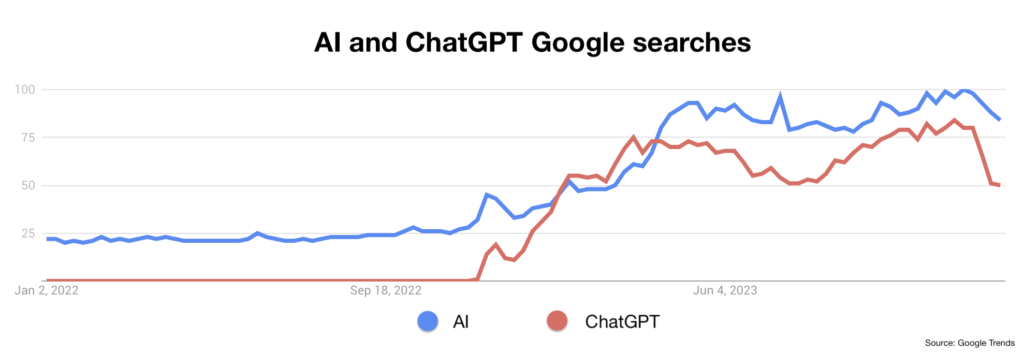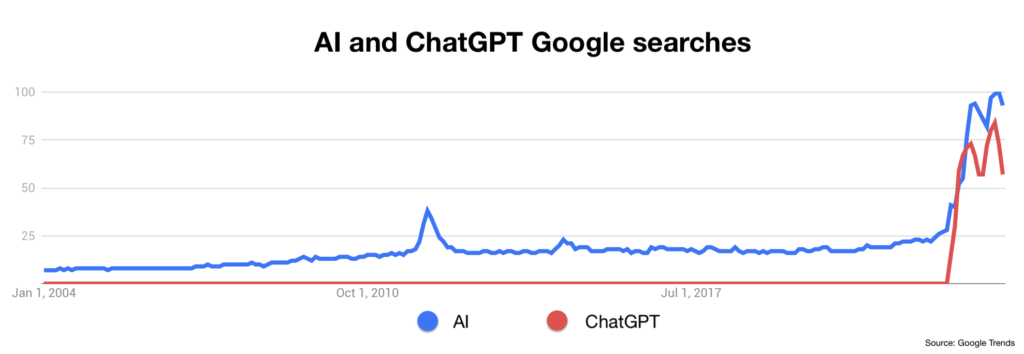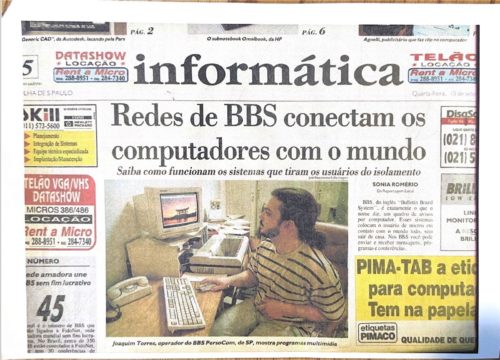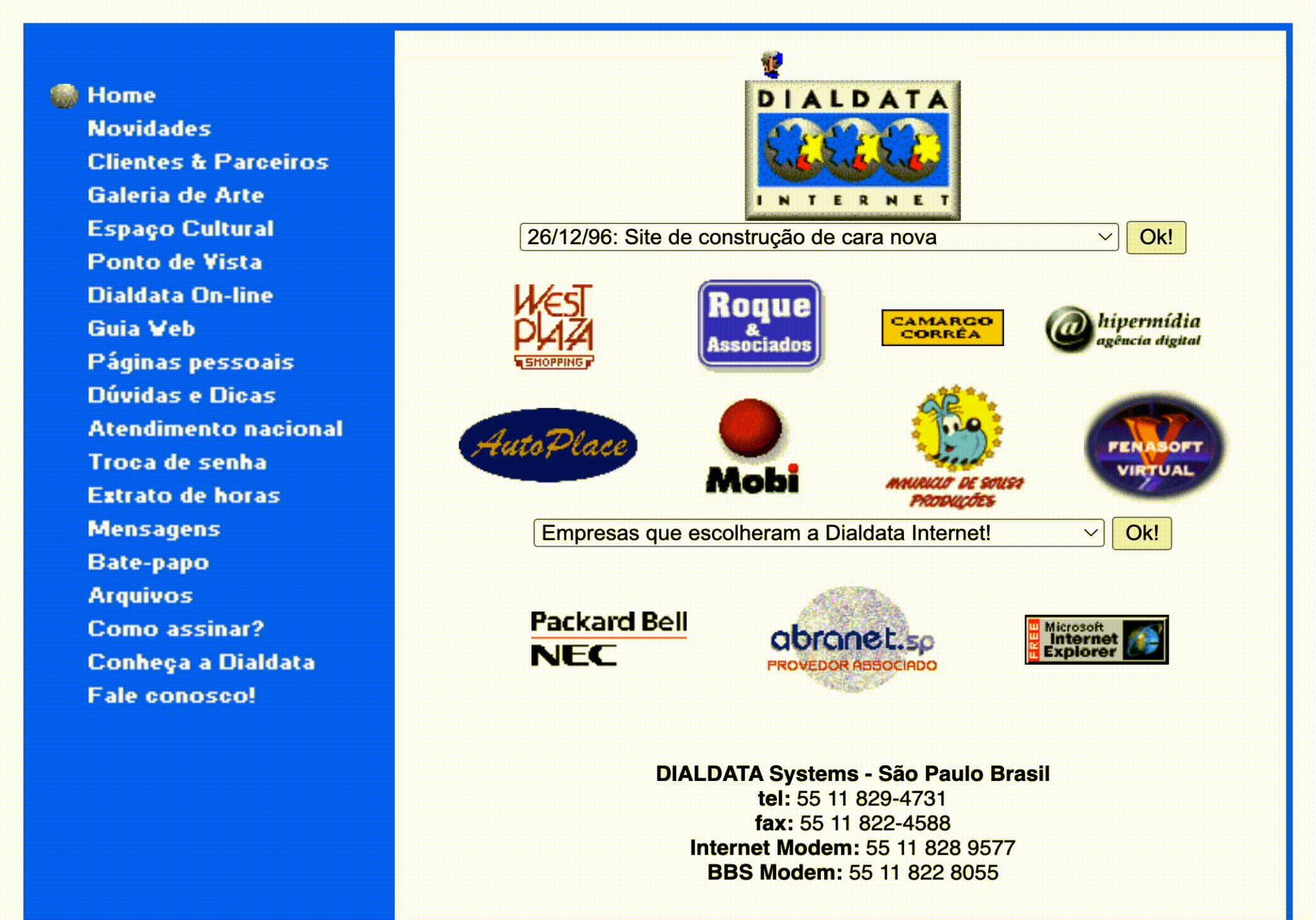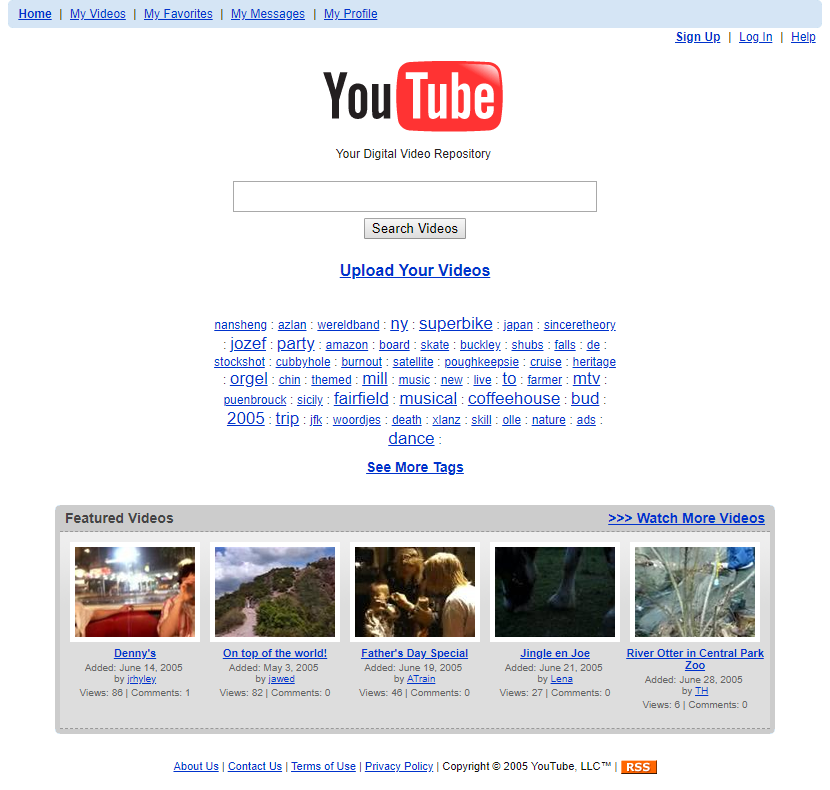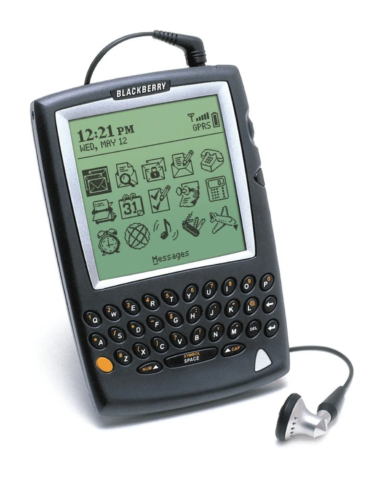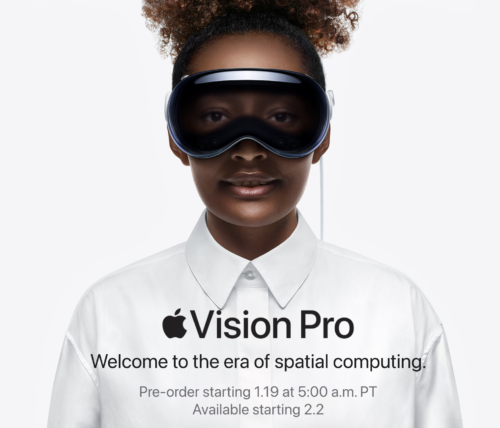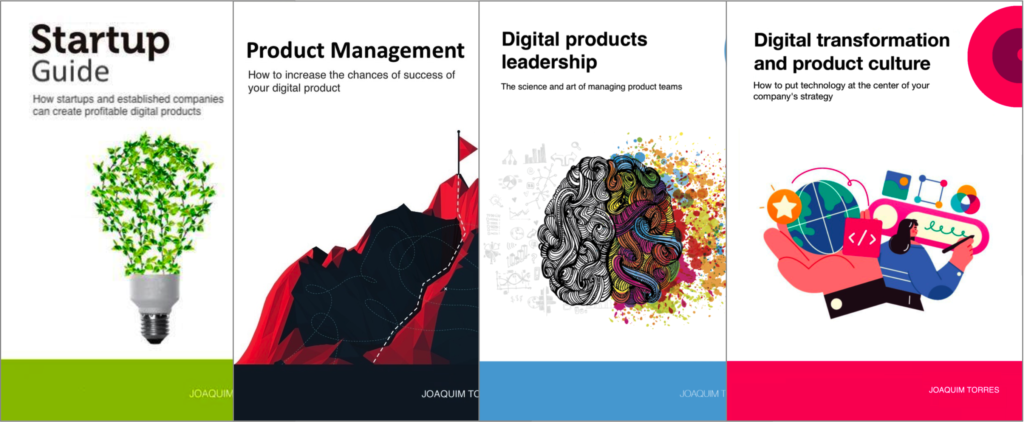
Product management 2023 retrospective and 2024 outlook
2 de January, 2024
Announcing: free AMA session for companies who buy 25+ copies of my books
23 de January, 2024I have frequently received questions about the impact of Artificial Intelligence (AI) on the product management function. I’ve even heard concerns about whether AI will replace product management and I’ve seen job advertisements for AI Product Managers. In this article, I describe how I see the impact of AI on the product management function.
Artificial Intelligence is not something new
With ChatGPT, the AI-based product from the company OpenAI that creates responses to questions and demands from a text base, which was launched at the end of November 2022, many people began to come into contact with the use of Artificial Intelligence, Generative AI, which is the ability of software to create texts, images, music, audio, video, and other types of content based on demands and/or questions and a large information base, such as other texts, images, music, etc. ChatGPT was originally launched as a text-generative AI.
ChatGPT is perhaps the most popular AI product and several others have emerged after it, but AI is not something new. It is an area of study that began to be discussed by Alan Turing in the 1950 article “Computing Machinery and Intelligence” where he proposed the famous Turing test, which tests the ability of a computer to exhibit intelligent behavior equivalent to that of a human being, or indistinguishable from it.
Since then, AI has developed a lot, until reaching the point of Generative AI and ChatGPT as the product that popularized AI.
Therefore, if you have been working in product development and management before 2023 and only started to be interested in AI last year, you are late, very late! You should have been working with data, data science, machine learning, and artificial intelligence for some time and should already have at least one test case for using AI in one of your products.
I wrote about the importance of data for people managing products in 2012, in the article Be a “Data Geek” and reinforced the importance not only of data but also of data science, machine learning, and artificial intelligence for product management in another article in 2017.
At Locaweb, in 2014, we started using data science to try to predict which customers were more likely to churn. At Conta Azul, in 2017, our bank reconciliation feature understood the type of expense that was being recorded based on its description and learned as it was used, making increasingly accurate expense categorization suggestions and recommendations. At Gympass, in 2019, we started using AI to suggest new gyms for users to try, based on usage from other users and previous recommendations we had made.
At Lopes, we used to say that we were going beyond digital transformation, committed to transforming based on data and artificial intelligence. Understanding the enormous potential of our database, which was not only large but was updated with new data at a very fast pace, we decided in 2021 to make a strong investment in creating a data-driven culture. We had a team we called Big Data that was organized into three functions: data engineering, to create and manage the infrastructure and tools for data management; data analysis, for report creation and management; and data science, to look for patterns and insights from our data.
Along with this Big Data team, we had a data product manager. This team created and led several initiatives to help us achieve the goal of creating a strong data culture across the company and exploiting this strength we had:
- We created training on data and artificial intelligence applied to business that was open to the entire company, not just people on the digital team, to show what data science and artificial intelligence are and what their potential is for Lopes.
- We created in-depth technical training so that everyone on the product engineering team, not just the Big Data team, could work with data and eventually create and maintain algorithms for the products they worked on.
- The team developed solutions based on data and artificial intelligence that generated great results for Lopes and customers. Among the solutions, we have the similarity algorithm, which managed to increase the coverage of similar properties from 72% to 99.5% in Lopes’ property inventory, which generated an increase in interest, measured by the number of clicks on similar properties, 106%; intelligent segmentation of contact lists for brokers, which achieved a 100% increase in the rate of successful contacts; implementation of RPA (Robotic Process Automation, or robotic process automation), which allowed us to increase the frequency of updating data between Lopes and developers (which was from days to a few hours) and leads (which was updated once a day and now has real-time updates). Lopes Avalia, a product launched in 2000, is an intelligent property appraiser that is based on Lopes’ inventory base and was created through the development of property pricing models using machine learning.
- HackatAI was a hackathon focused on data science and artificial intelligence. At Lopes Labs, we had a habit of having hackathons every beginning of the quarter, so that people on the teams could get together to work on different problems than those they worked on day to day. In 2021, we held a completely data-driven edition of the hackathon. 9 groups were working on very interesting problems in the real estate market, such as: tagging and identifying items in property images; improving image quality; recognition of duplicate properties in the database; and classification of properties based not only on the description but also on the content of the property’s images; detection of properties that could be potential opportunities, among others.
All this before the “AI boom” that happened with the launch of ChatGPT. See in the graphs below that ChatGPT helped popularize AI, but AI has existed and generated interest for a long time:
AI is yet another technology with great potential to impact product development
What we saw in 2023 about AI has happened other times in the past. A technology that had already existed for several years became the main focus of the media, companies, and professionals due to a popular application of this technology. I will cite 3 examples:
- Internet: yes, the Internet and long-distance computer interconnection technology began well before the 1990s. The internet emerged in the 1960s as a network, called Arpanet, for sending information between research centers and facilities military, and the Pentagon. In the 1980s, the internet expanded its use for commercial and private purposes. The network arrived in Brazil in 1988 and was released for private and commercial use in 1994. In the early 1990s, the WWW (see the very first web page ever created) and the Mosaic and Netscape browsers were created, which made internet popular. In 1992, together with 3 other partners, I co-founded a company called Dialdata, which initially offered a BBS service. BBSs, an acronym that stands for Bulletin Board System, were computer systems that could be accessed by users by telephone, via modem, and which gave access to the exchange of messages and files between users. It was a precursor to the internet. I remember quite well when in 1994 I had access to the internet for the first time using the Trumpet Winsock dialer in Windows 3.1 to make a dial-up connection to Embratel, the only internet access provider in Brazil at the time, and then opening the Mosaic browser. I was amazed at the possibilities, and I remember telling my partners that BBSs were going to eventually die and everything was going to move to the internet. From then on, we invested all our energy in becoming an internet access and service provider, and, in mid-1995, we became one of the first ISPs (Internet Service Providers) in Brazil. From then on I started to study a lot about the internet and what was possible. Below is a photo of me at the time of BBS in an article in well well-known Brazilian newspaper, Folha de São Paulo’s IT section from September 1993 and one of the first websites I created for our company, Dialdata, in 1995, using animated gifs and CGI scripts. (=
- video: when we think about video, we think about Netflix, Amazon Prime, and Disney+. We also remember YouTube. Additionally, most websites and apps allow you to upload videos. WhatsApp, Instagram, and TikTok wouldn’t be what they are without videos. However, transmitting video on the internet is something old. The first video transmission took place in 1993, but it was only in 2005, when YouTube was launched, that the technology for transmitting videos on the internet began to become popular and several products began to make use of this technology. Below is the first version of the YouTube website, as well as the first video that was uploaded to YouTube.
- smartphones and apps: what is common today, in the 2000s was something new. Cell phones, which were invented in the 1970s, started to become popular in the late 1990s, and in the mid-2000s they started to look like the first smartphones, with those big keyboards. Who remembers the Nokia E61? What about Blackberry? In 2007 we started using these Nokias at Locaweb to see how our email system adapted to it. In 2007 Steve Jobs announced the iPhone, which combined several already-known technologies, smartphones with a touch screen, a technology created in the 1980s. With the iPhone, and later the Android, came the need to create websites adapted to small devices and a new mobile application market was created. At that time at Locaweb we began to not only understand what we needed to do in our products to adapt them for mobile, but we also began to guide our customers, who had websites and also needed to understand how to adapt these websites for cell phone browsers. In 2012 we started creating Locaweb Style, our design system which at the time was already concerned with being adaptable to smaller screens. Below are photos of the Nokia E61, one of the first Blackberry models, and the keynote in which Steve Jobs presented the iPhone.
- internet: started in the 1960s, but only in the 1990s with the creation of the WWW and the Mosaic and Netscape browsers did the internet begin to become popular.
- video: the first video transmission took place in 1993, but the ability to transmit videos on the internet only gained popularity in 2005 with YouTube.
- smartphones and apps: mobile phones were invented in the 1970s, began to be sold in the 1980s, became popular in the 1990s, and at the beginning of the 2000s smartphones with large keyboards began to appear. Touchscreen technology was created in the 1980s. In the mid-2000s, Apple with the iPhone, and then Google with Android, brought these technologies together to create the touchscreen smartphone market that we know today.
- artificial intelligence: once again it is an old technology, which we have been talking about since the 1950s, which had and still has several very interesting practical applications, but which in 2023 came into the focus of the media and companies thanks to ChatGPT, a product that is helping to popularize AI.
What should the product manager and the product development team do?
When we have a new technology, or a technology that already exists but has gained popularity, we need to evaluate, or re-evaluate, together with the product development team the impact of this technology on our product from 3 different perspectives:
- development: how does this technology impact product development? New programming languages? New databases? New development frameworks? New ways to develop, deploy, and operate products? For example, AI, how can it impact product development?
- interface: what is the impact of this new technology on the way the product interfaces with users? Mobile interface? Smartwatches? Smartglasses? Conversational interfaces? The new Apple Vision Pro?
- unpredictable: In addition to the impact on product development and product interface, this new technology may have unpredictable impacts on our product. We can do things with this technology that are only possible now, because of this new technology and we didn’t even imagine it was possible.
Based on this assessment, or reassessment, together with the team we must design and execute a plan to make the best possible use of these impacts.
What’s the next technology?
Virtual reality, augmented reality, and metaverse are already well-known concepts. Already in the 1950s, the American Air Force used flight simulators to train its pilots, in virtual reality technologies. Augmented reality began in the 1960s, and in the 2010s we saw Google launch Google Glass but with limited success. In the metaverse field, Second Life, Minecraft, and more recently Roblox are well-known virtual worlds. And Facebook made a move to change its name to Meta, betting on the metaverse, but also with little success so far.
In June 2023, Apple introduced the Apple Vision Pro. It will be available for pre-order on Jan 19, and available from Feb 2.
Could it be that, like with the iPhone, Apple will once again create an inflection point for virtual reality, augmented reality, and metaverse technologies with what they are calling “spatial computing”? As product people, we must not only follow closely but also understand the potential impact of the popularization of these technologies on the products we care for.
Summing up
- Artificial Intelligence is not something new. If you work in product development and management and only became interested in AI last year, you are late, very late!
- 2023 was the year in which AI became popular thanks to ChatGPT, a product from OpenAI. This pattern of technologies that have existed for several years gaining attention due to some new product is a pattern that has happened on other occasions:
- internet: created in the 1960s and popularized by the WWW and the Mosaic and Netscape browsers in the 1990s.
- video: first broadcast in 1993 was popularized with YouTube in 2005.
- smartphones and apps: using technologies from the 1980s, they gained popularity in the second half of the 2000s with the iPhone and Android.
- artificial intelligence: first experiments date back to the 1950s, and gained popularity in 2023 with ChatGPT.
- the product manager and the product development team must evaluate, or reevaluate, the impact of this technology on their product considering three perspectives: impact on the way the product is developed, impact on how the product interfaces with the user, and unpredictable impact, a since a new technology can allow things that were simply impossible before it existed.
- Perhaps we are close to witnessing another product that could put technologies that have existed for decades, virtual reality, augmented reality, and the metaverse, in the focus of our attention. It is the launch of Apple Vision Pro, which was announced in June 2023 and will now take place in early 2024. As product people, we must understand the potential impact of the popularization of these technologies on the products we care for.
Product Management Continuing Education Program
The In-company Product Management Continuing Education Program helps you and your team increase your knowledge about product management concepts, principles, and tools and, consequently, increase the success rate of your digital product endeavors.
This product is made up of 3 elements:
- Kick-off talk for the entire company, entitled Lessons Learned from a Digital Transformation, where I present practical examples of how product culture can enhance a company’s digitalization journey.
- Monthly training sessions on product management and digital transformation topics, to help company people learn about concepts, principles, and tools that help create successful digital products. There is a standard sequence, which can be revised to suit the company’s needs. All product and design people, technology leaders, and leaders from other company areas must participate in this training. For more details about the content, access this document.
- Mentoring, individual or group sessions, where we work on topics seen in training or other relevant topics.
Sessions can be in-person or remote! Check out what people are saying about my services. Check out also our list of clients.
Does it make sense for your company? Let’s talk! Feel free to contact me through email or WhatsApp, or schedule an appointment on my calendar.
Workshops, coaching, and advisory services
I’ve been helping companies and their leaders (CPOs, heads of product, CTOs, CEOs, tech founders, and heads of digital transformation) bridge the gap between business and technology through workshops, coaching, and advisory services on product management and digital transformation.
Newsletter
I write regularly about product management, product development, digital product leadership, and digital transformation. You can receive a notification whenever I publish a new article without depending on any social network algorithms to notify you! Just subscribe to my newsletter.
Digital Product Management Books
Do you work with digital products? Do you want to know more about managing a digital product to increase its chances of success, solve its user’s problems, and achieve the company objectives? Check out my Digital Product Management books, where I share what I learned during my 30+ years of experience in creating and managing digital products:
- Digital transformation and product culture: How to put technology at the center of your company’s strategy
- Leading Product Development: The art and science of managing product teams
- Product Management: How to increase the chances of success of your digital product
- Startup Guide: How startups and established companies can create profitable digital products


